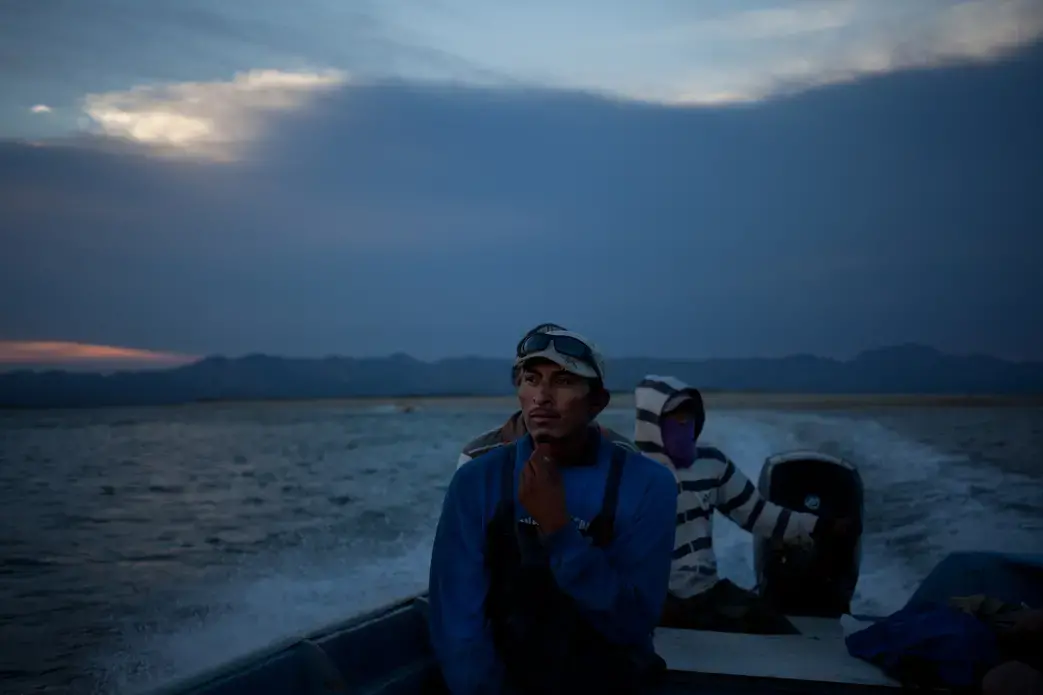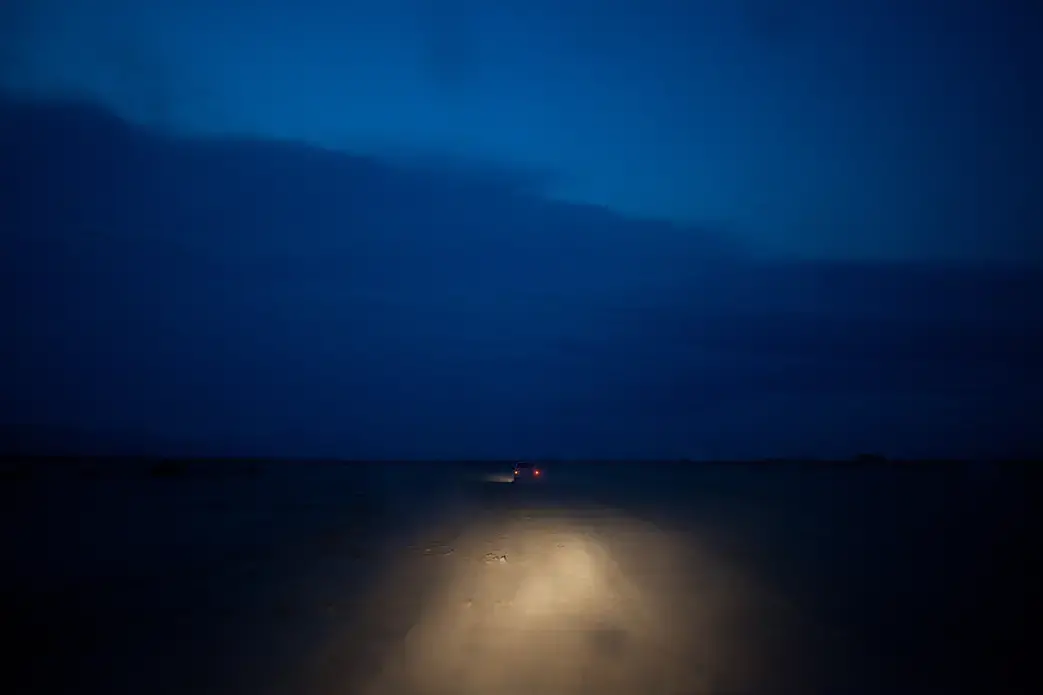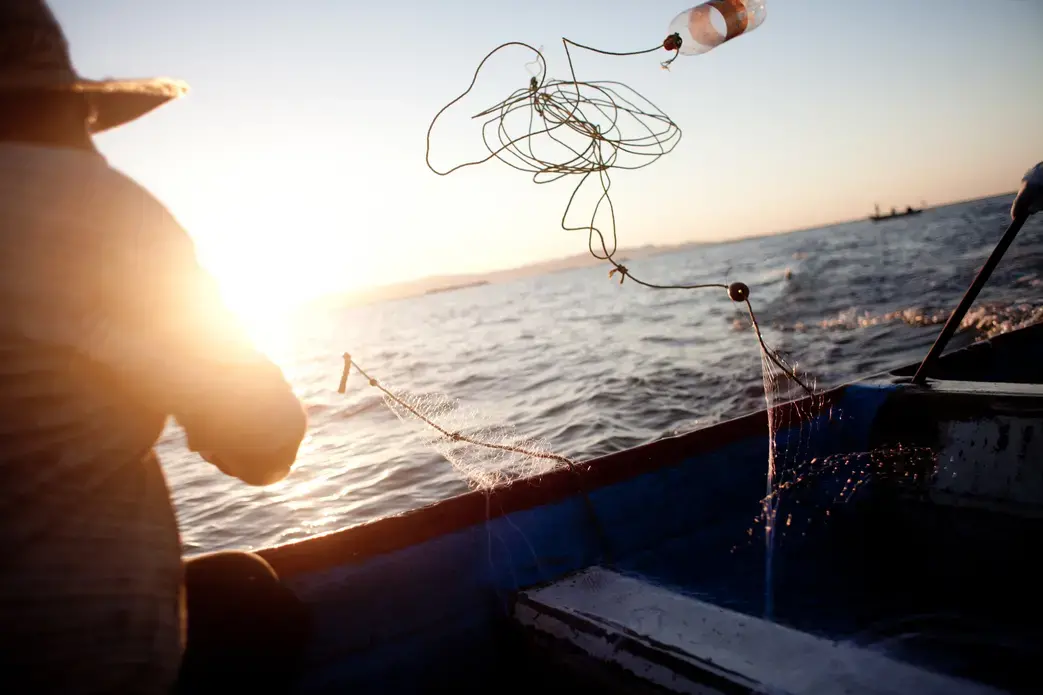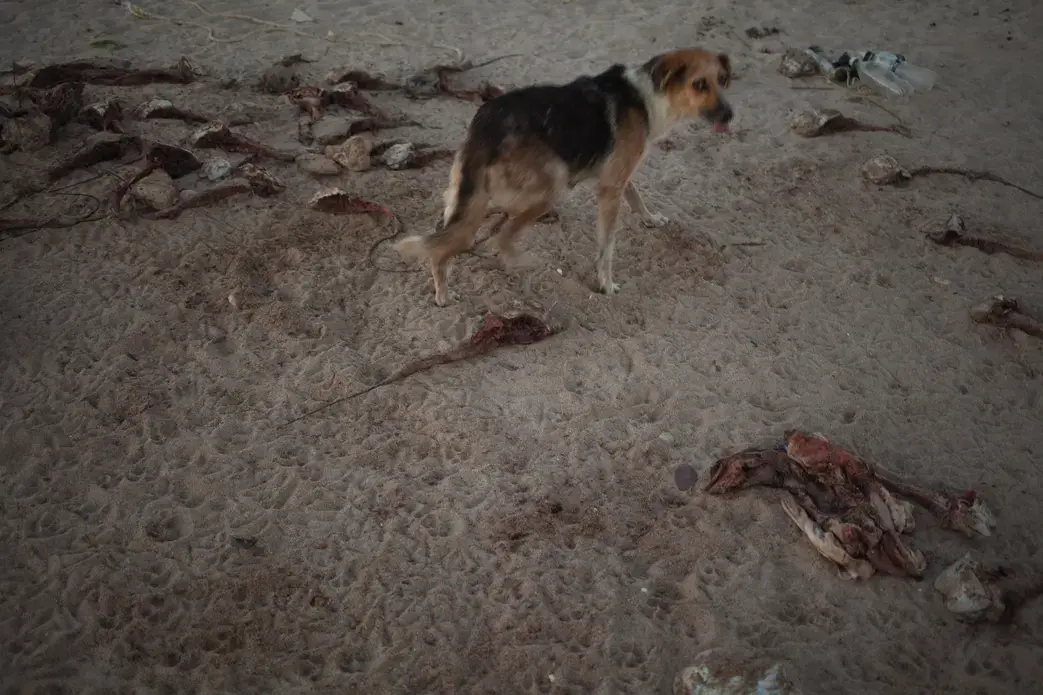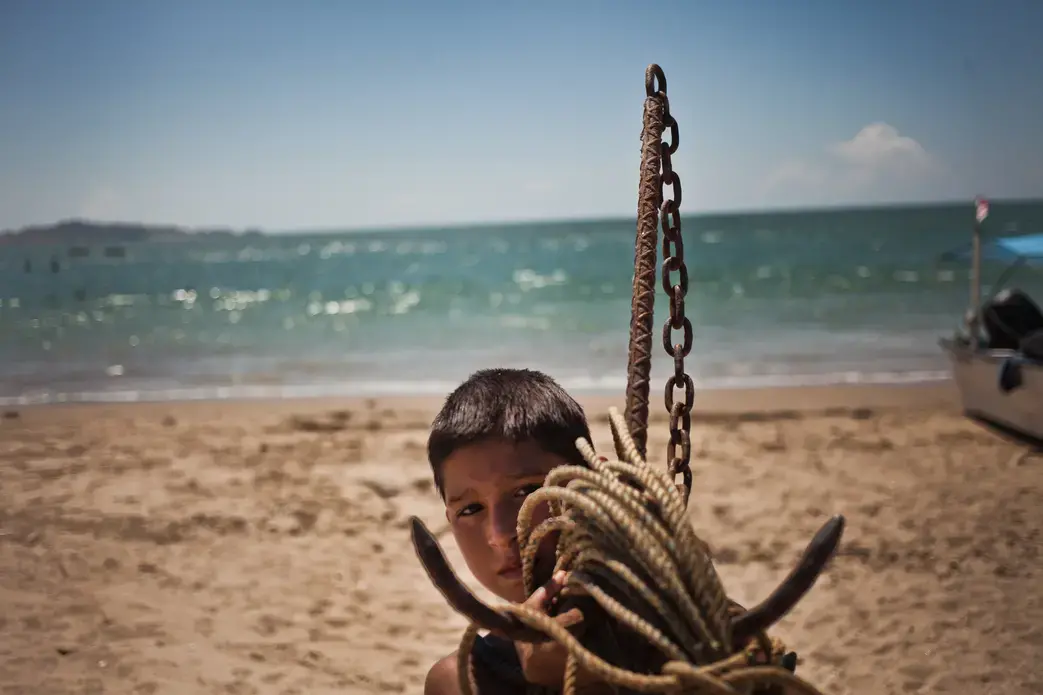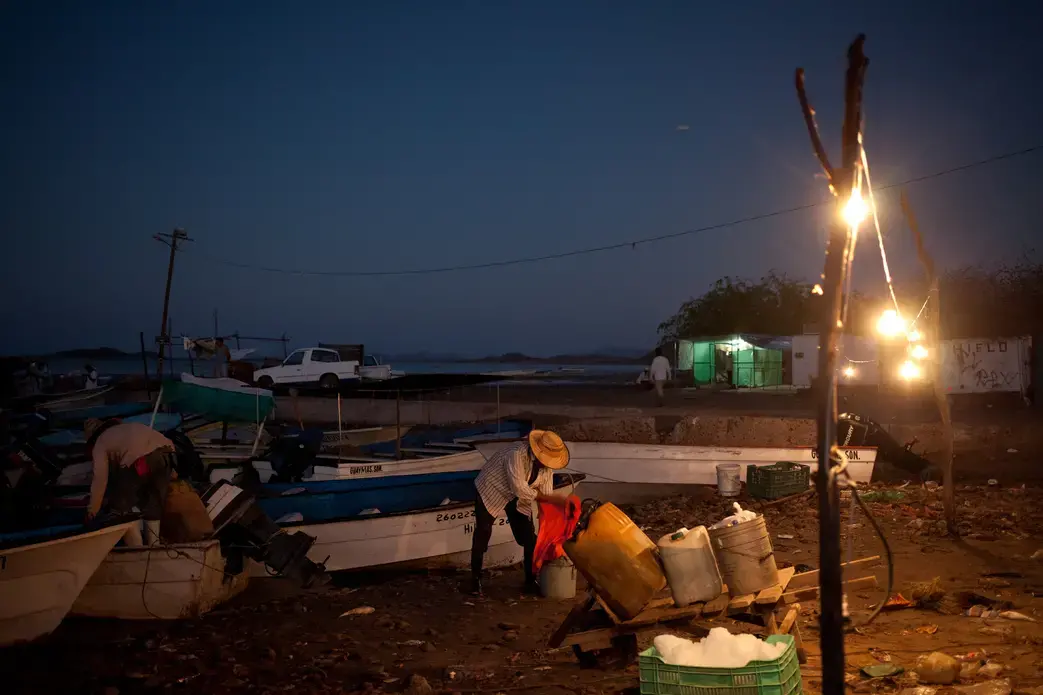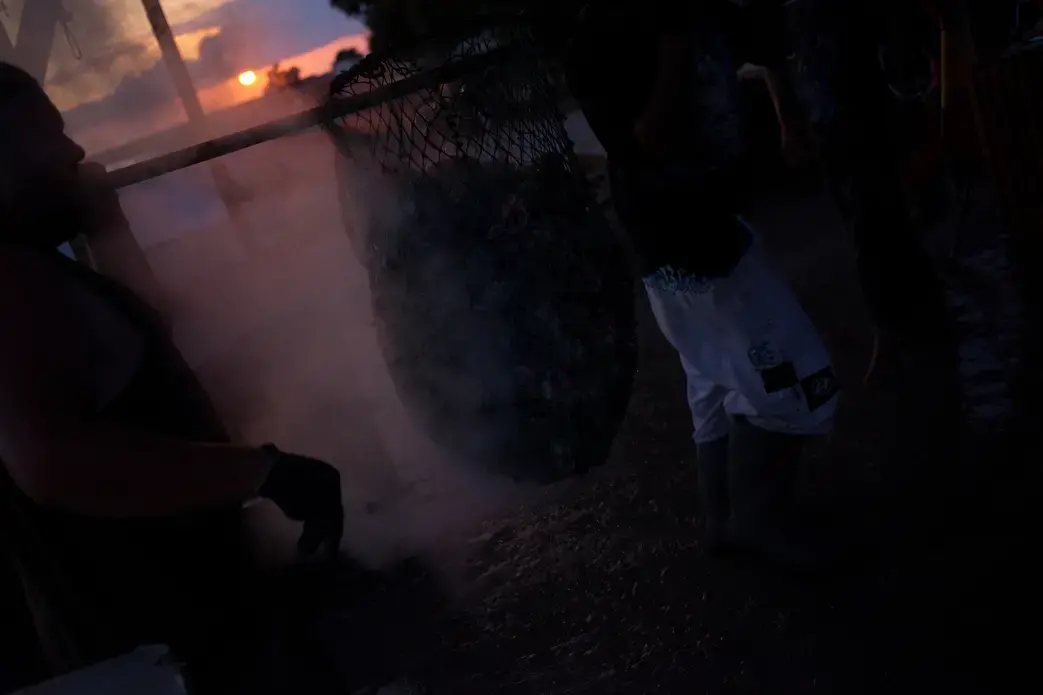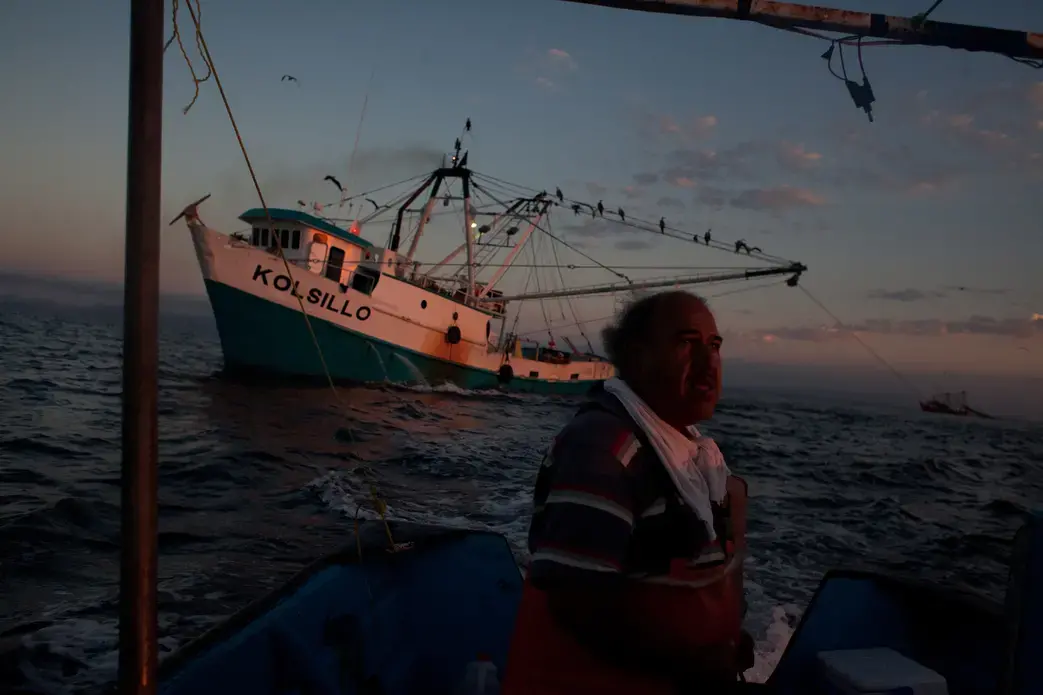Anywhere from 12,000 to 25,000 traditional fishing skiffs—or pangas—work the waters of the Sea of Cortez. Another 1,300 larger commercial boats patrol the deeper waters. At no time are these numbers higher than in September, the height of shrimp season. Every morning from 5 am until the afternoon, the horizon is littered with people tossing their nets into the water.
The largest concentration of fishermen is here, in the northern Mexican state of Sonora, where some 433,500 metric tons of fish hit the docks of towns like Guaymas, Kino, and Puerto Peñasco. Not even the rich, shallow waters of the eastern Sea of Cortez could have supported an effort like this for long. The scars from decades of nearly unregulated fishing are apparent everywhere you look. The writer John Steinbeck described giant schools of rays and dolphins in these waters but today very few adult fish end up in nets here. Unless they are fast-growing species like shrimp or sardines, they just don't get the opportunity to reach adulthood before they're caught. And those that are have to be caught further away from shore every year.
Everywhere we went, we talked to older fishermen who said they remembered when fish were bigger, older, and closer to shore. One could chalk this up to nostalgia except that the numbers back it up. In the last 30 years populations of turtles, dolphins, sharks, totoaba, and even the clam-like callo shells have fallen through the floor.
Those fishermen who are left behind know that something is wrong but don't know how to stop it. Inevitably they blame outsiders or other fishermen who haven't been there as long and hope that the government pushes out the interlopers while leaving the "real" fishermen.
Meanwhile, another far more insidious trend is creeping along. Older fishermen are dying and younger fishermen think of these diminished catches as the new norm. Like the frog that allows itself to boil in the pot as long the heat is turned up slowly, mankind may not notice its loss until the fish they treasure are gone.




